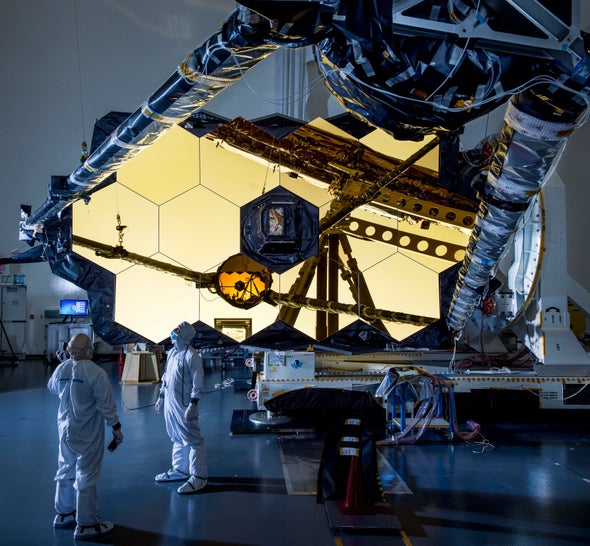
Imagine for a moment that an alien astrophysicist on some distant but inhabited planet is trying to find out whether Earth is inhabited. If they were looking in the last 100 years, there would have been several unequivocal pieces of evidence: radio signals, television broadcasts, emissions of artificial chemicals such as chlorofluorocarbons, or CFCs.
But for the billions of years of life on Earth that preceded this, we were much less obvious. The alien astrophysicist could have detected oxygen in our atmosphere, which is intriguing but not a surefire sign of life. A combination of oxygen and methane would be much more promising, but both gases can be false positives, as they could be the result of geochemical or atmospheric processes.
The bigger problem is that aliens would have to know what to look for. They might well find oxygen here but, if they were not oxygen-reliant life forms, it might not occur to them that we are. To do their jobs thoroughly, these aliens would not be able to rest until they had detected all of the gases in our atmosphere, at different altitudes, latitudes and longitudes, and analyzed how each gas fits into the context of our biosphere.

And if we want to find life, we should do the same to them.
There are thousands of different gases that could be evidence of biospheres all over the galaxy. Some, like oxygen, would likely be present in large quantities but can exist without life. Some gases can only be made by living things but require so much energy to form that they are likely to exist in very small amounts. My favorite of these rare gases is phosphine. Phosphine is a fascinating and horrid molecule. It kills in a variety of imaginative ways, all of which have to do with its interference with oxygen metabolism. To us modern, oxygen-loving beings, phosphine is an extremely toxic and outrageously foul-smelling molecule.
But for most of life’s history on Earth, our planet was anoxic. Before the great oxidation event about 2.4 billion years ago, life thrived without oxygen. It would have smelled terrible. A few of these anoxic environments still exist: swamps, marshlands and the intestines of people, penguins, fish and many other animals. The anaerobic life in these places produces lots of phosphine. They stink of it; they stink of life. Other planets, populated by the kind of life that doesn't rely on oxygen to exist, could also have phosphine as a biosignature.
Life as we know it is likely only one island in the vast archipelago of possibilities for biology. Our galaxy has a huge diversity of stars, and orbiting them are planets of every kind. Earth alone has given rise to billions of species. So, it is not a big leap to think that life itself can arise in a large array of unexpected forms, which fill their atmospheres with strange molecules such as phosphine. One day we might detect phosphine in one of these atmospheres. These would not be fun places for us; frankly, we might find them disgusting. On the other hand, the residents of these planets would probably find us disgusting too (a problem for interplanetary diplomacy to overcome). Nonetheless, if we find phosphine on a rocky planet in the habitable zone, where it has no false positives, we will have found life.
To find phosphine, or any of the thousands of gases that life could produce and release into an atmosphere, we need spectra. These are a kind of molecular fingerprint that can be detected in the light from these planets. At the moment, we have spectra for only about 4 percent of all possible biosignature gases. We have no way of detecting any of the remaining molecules on a potential alien biosphere.

I am working on obtaining these missing spectra, as fast as I can, but it is difficult. Experiments are expensive, often dangerous, and hard to extrapolate to strange environments. Theoretical simulations are a great alternative but require a lot of work and enormous computer power. Getting spectra for phosphine alone took me four years, and it would take me another 60,000 years to repeat that process for those thousands of biosignatures without spectra.
We invest so much time and money improving our telescopes and choosing the best planetary targets, but we forget that we may not be ready to interpret the incredible data we will get from these alien atmospheres. We are still lacking fundamental knowledge, not least of which is our understanding of biosignature gases and their spectra.
My main concern in the search for life is not whether we will find it; it’s that when we do, we will not have the tools to recognize it. As an alien astrophysicist myself, my own research into phosphine has taught me that it is molecules like these that will hold the key to finding extraterrestrial life.
Clara Sousa-Silva
Source News
No comments:
Post a Comment
Note: Only a member of this blog may post a comment.